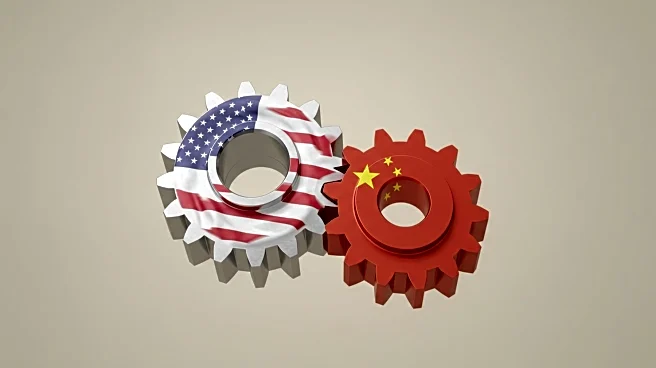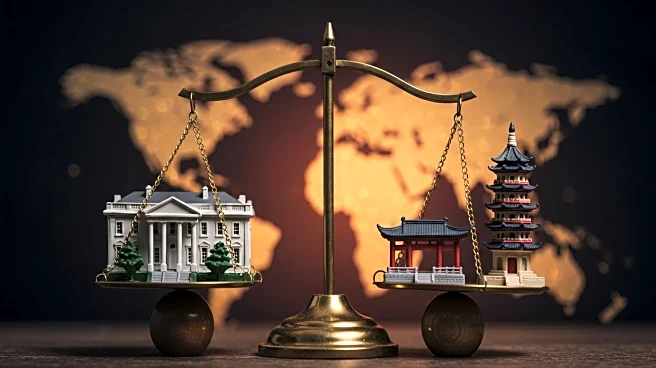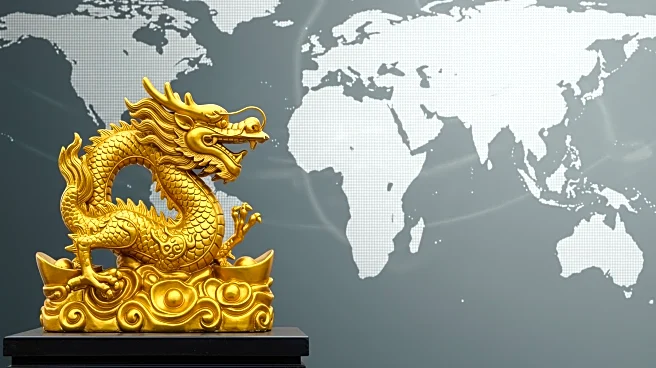Rapid Read • 7 min read
The current U.S. administration is implementing new tariffs, aiming to relocate foreign producers to the U.S. and address perceived economic exploitation. These tariffs are intended to punish foreign producers, but have led to higher prices for manufactured goods. Despite these measures, global trade continues to adapt, with Chinese exports shifting to other markets. The U.S. trade policies are seen as a rock in the river of international commerce, with trade flows adjusting around it. The administration's approach contrasts with historical support for globalization and free trade, which have been key to international commerce.
AD
The tariffs could impose unnecessary costs on consumers, blunt competition, and dampen economic growth. While the U.S. aims to reshore manufacturing, the global trade landscape is evolving, with China increasing its market share. This shift may lead to stronger economic ties between China and other regions, potentially reducing U.S. influence in global trade. The resilience of global trade highlights the limitations of unilateral trade policies and underscores the interconnectedness of the global economy.
As Chinese exports to the U.S. decline, their exports to other regions are increasing, indicating a shift in trade orientation. This could lead to a more diversified global trade footprint, with emerging markets playing a larger role. The U.S. may face challenges in competing with Chinese products, which are gaining popularity due to their quality and affordability. The administration's trade policies may need to adapt to these changing dynamics to maintain economic competitiveness.
The tariffs raise questions about the future of globalization and the U.S.'s role in the global economy. The shift in trade dynamics may lead to new alliances and economic partnerships, altering the balance of power. The focus on self-sufficiency and reshoring manufacturing could impact domestic industries and labor markets, requiring careful consideration of economic consequences.
AD
More Stories You Might Enjoy











